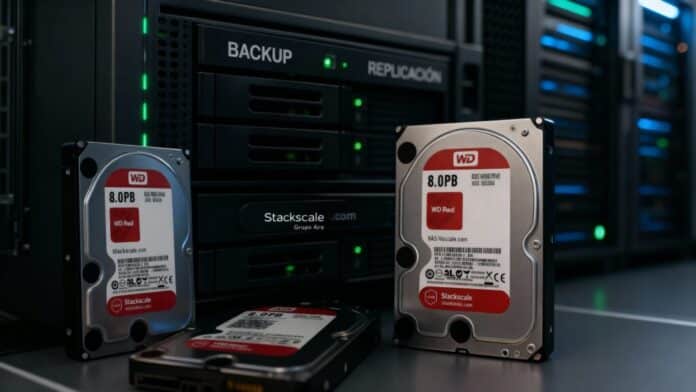The recent fire at South Korea's government data center has laid bare a serious shortcoming in the management of digital infrastructure, erasing forever the records of 750,000 civil servants. This incident underscores that not everything that is called 'the cloud' really is, causing a massive data loss due to the lack of geographic redundancy and external backups in the National Information Resources Service (NIRS) infrastructure located in Daejeon.
David Carrero, co-founder of Stackscale, a company specialized in private cloud infrastructure, emphasizes that "what happened is not a cloud problem, but a design problem." Explain that a true cloud must have geographic redundancy, automated replicas, and a robust disaster recovery plan. According to Carrero, if a local disaster can wipe out critical services, what has been built is a single point of failure.
The Korean case revealed serious failures: a monolithic storage system without external replicas and a total dependence on a single location, resulting in irreparable data loss and hours of productivity.
In light of these risks, the traditional 3-2-1 backup strategy has evolved to 3-2-1-1-0. This new methodology adds a critical layer of protection that includes an offline copy and regular testing to verify the absence of errors. Threats such as ransomware require this constant renewal to prevent attacks from compromising both production data and backups connected to the network.
Active-active architectures emerge as an effective solution, distributing load across geographically separated data centers, a method that ensures continuous access to information even in the face of disasters. Such configurations, complemented by immutable backups outside the main network, create a shield against data loss.
To facilitate this approach, technologies such as Proxmox Backup Server offer robust open-source options, enabling organizations of any size to implement resilient strategies without the high costs of proprietary licenses.
A guide to preventing disasters similar to the one in Daejeon includes the establishment of multiple production locations, backups at third-party locations, periodically tested restorations, anomaly monitoring, and standardized regulatory compliance.
Ultimately, the lesson of this catastrophe is clear: digital resilience is not achieved with advertising promises, but with the disciplined application of engineering. Geographic redundancy, immutable off-site copies, and recovery testing constitute the true foundations of an infrastructure capable of withstanding disasters. As Carrero concludes, "It's not glamour, it's discipline."
More information and references in Cloud News.



